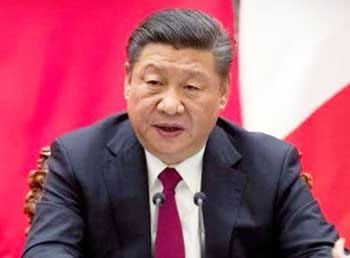Delhi,,
Kapil Sibal, the Union Minister of Communications and Information Technology and Human Resource Development released the draft National Policy on Electronics here today. Speaking on the occasion, Shri Sibal said that Information Communication Technologies and Electronics have been contributing significantly to the economic growth of the country and have the potential to script India’s future across the economy, society and government. This would epitomize what modern, resurgent and young India is capable of accomplishing. Achievements in the recent past in the IT and Telecom sectors have been spectacular and unprecedented in India’s history. Yet, it is the future that holds even more breathtaking possibilities, Shri Sibal said.
The Minister said that a combination of three interdependent and synergistic policies for IT, Telecom and Electronics are being formulated by the Ministry of Communications and Information Technology. The draft of the first of triad of policies, namely the Electronics Policy is released today.
The proposed National Policy of Electronics, 2011 envisions creating a globally competitive Electronics Systems and Design Manufacturing (ESDM) industry including nano-electronics to meet the country`s needs and serve the international market. The draft policy sets out to achieve a turnover of about USD 400 Billion by 2020 involving investment of about USD 100 Billion. It also aims at ensuring employment to around 28 million in the sector by 2020.
This is a quantum jump from production level of about USD 20 Billion in 2009. This includes achieving a turnover of USD 55 Billion of chip design and embedded software industry, USD 80 Billion of exports in the sector.
The policy also proposes setting up of over 200 electronic manufacturing clusters. Another important objective of the policy is to significantly upscale high-end human resource creation to 2500 PhDs annually by 2020 in the sector.
Of the three sectors – IT, Telecommunications and Electronics – Electronics presents special challenges. The draft policy seeks to address the major barriers which include lack of a strong base, an adverse international environment and failure to build an enabling eco-system.
Major strategies proposed in the draft policy include:
- Providing attractive fiscal incentives across the value chain of the ESDM sector through Modified Special Incentive Package Scheme (M-SIPS).
- Setting up of Semiconductor Wafer Fab facilities and its eco-system for design and fabrication of chips and chip components.
- Providing Preferential Market Access for domestically manufactured electronic products including mobile devices, SIM cards with enhanced features, etc. with special emphasis on Indian products for which IPR reside in India to address strategic and security concerns of the Government consistent with international obligations in procurement.
- Providing incentives for setting up of over 200 Electronic Manufacturing Clusters with world class logistics and infrastructure.
- Creating an “Electronic Development Fund” for promoting innovation, R&D and commercialization in ESDM, nano-electronics and IT sectors including providing support for seed capital, venture capital and growth stages of manufacturing.
- To use innovation and R&D capabilities to develop electronic products catering to domestic needs and conditions at affordable price points.
- Setting up Very Large Scale Integration (VLSI) specific Incubation Centres across country.
- Developing an India microprocessor for diverse applications/ strategic needs.
- Creating a 10 year stable tax regime for the ESDM sector.
- Setting up a specialized Institute for semiconductor chip design.
- Encouraging greater participation of private sector in human resource development for the sector. Also encouraging setting up of skill-oriented courses for electronic designs along with hands-on laboratories enabling graduates from other disciplines to migrate to ESDM.
- Developing and mandating standards for electronic products specific to Indian conditions of power, climate, handling etc.
- Creating linkages for long term partnership between domestic ESDM industry and strategic sectors like Defence, Atomic Energy and Space.
- Setting up of Centres of Excellence in the area of automotive electronics, Avionics, and Industrial electronics.
- Adopting best practices in e-waste management
- Setting up of a National Electronics Mission with industry participation to advance the implementation of various programmes in this policy.
- The Department of Information Technology to be renamed as Department of Electronics and Information Technology (DeitY) to reflect the desired focus on electronics.














8)…
good :wink:…
🙂…tnx for info :mad:…
90 dnevna dieta…
Бързо свалете натрупаните излични килца с 90 дневна диета…